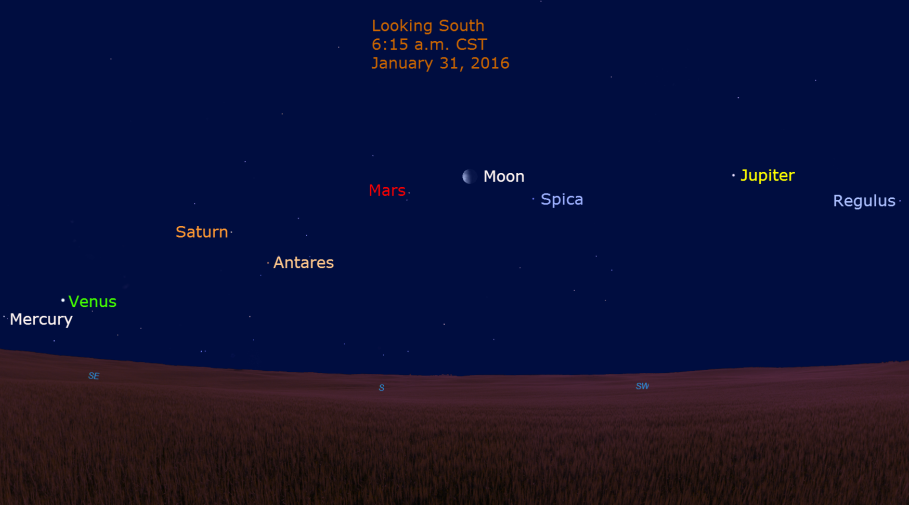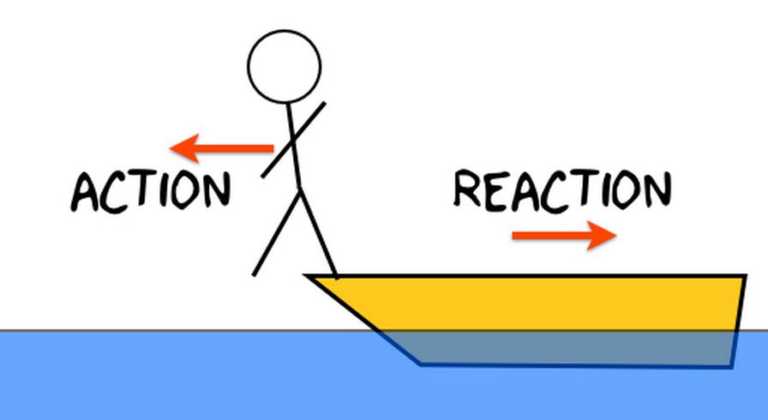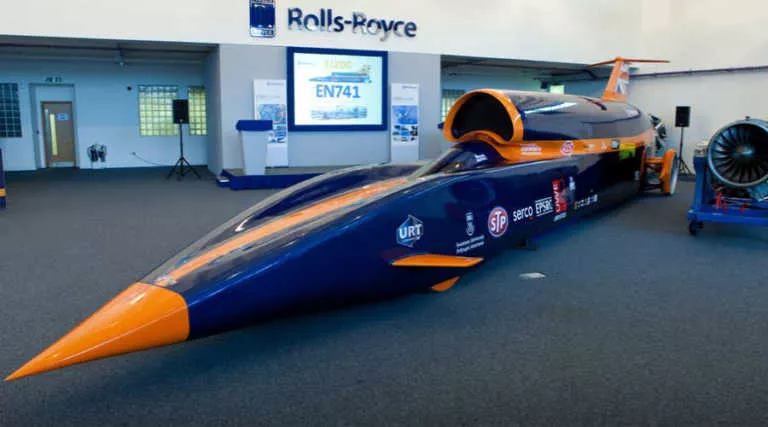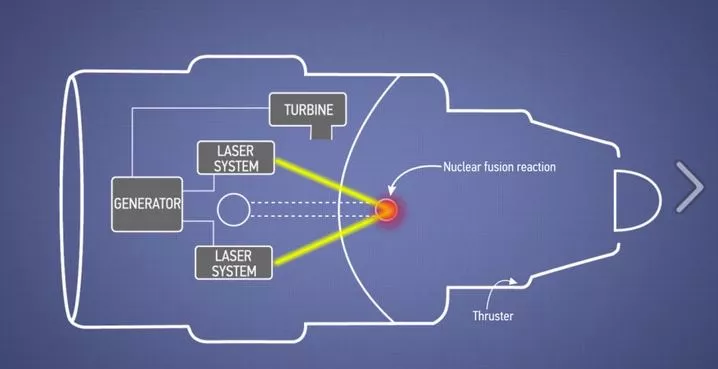For The First Time In A Decade You Can See 5 Planets With Your Naked Eyes

 Short Bytes: For the first time in more than 10 years, all the five bright planets will get aligned in the sky. This rare phenomenon can be seen in the sky from January 28 to February 7 without a telescope. We also present you a guide on how to observe this phenomenon.
Short Bytes: For the first time in more than 10 years, all the five bright planets will get aligned in the sky. This rare phenomenon can be seen in the sky from January 28 to February 7 without a telescope. We also present you a guide on how to observe this phenomenon.
The order of their appearance is Jupiter in the North followed by reddish Mars, followed by pale Saturn and lastly brilliant Venus, which shines above the eastern horizon. Looks like four of these stars are waiting for the Mercury to make the shining family look complete.
Until a few days ago, Mercury had been shining brightly in the evening but now it has started to see the dawn. According to reports, Mercury will first appear quite low to the eastern horizon. Its appearance will also be the faintest one. So, it might be harder to see Mercury in the beginning.
However, it will continue to rise higher each morning and by early February, it will sit just below bright Venus, the last in the queue.
Planet spotting guide:
If you are really interested in watching this phenomenon then you can use the moon as a marking guide. From the end of January, the moon will travel by each planet. So, the moon can be used as an easy guide for your planet-spotting. Here are some of the dates showing the nearest proximity of the moon to the planet on different dates:
- January 28: Next to Jupiter.
- February 1: (in its Last Quarter phase) alongside Mars
- February 2 Morning: below the red planet
- February 4 morning: A crescent moon will be nearer to Saturn
- February 6: Alongside Venus
- February 7: Below Mercury
Add your views about this upcoming event in the comments below.
Also Read: NASA Blasts Off Jason-3 Satellite On SpaceX’s Falcon 9
[adinserter block=”12″][adinserter block=”13″]





